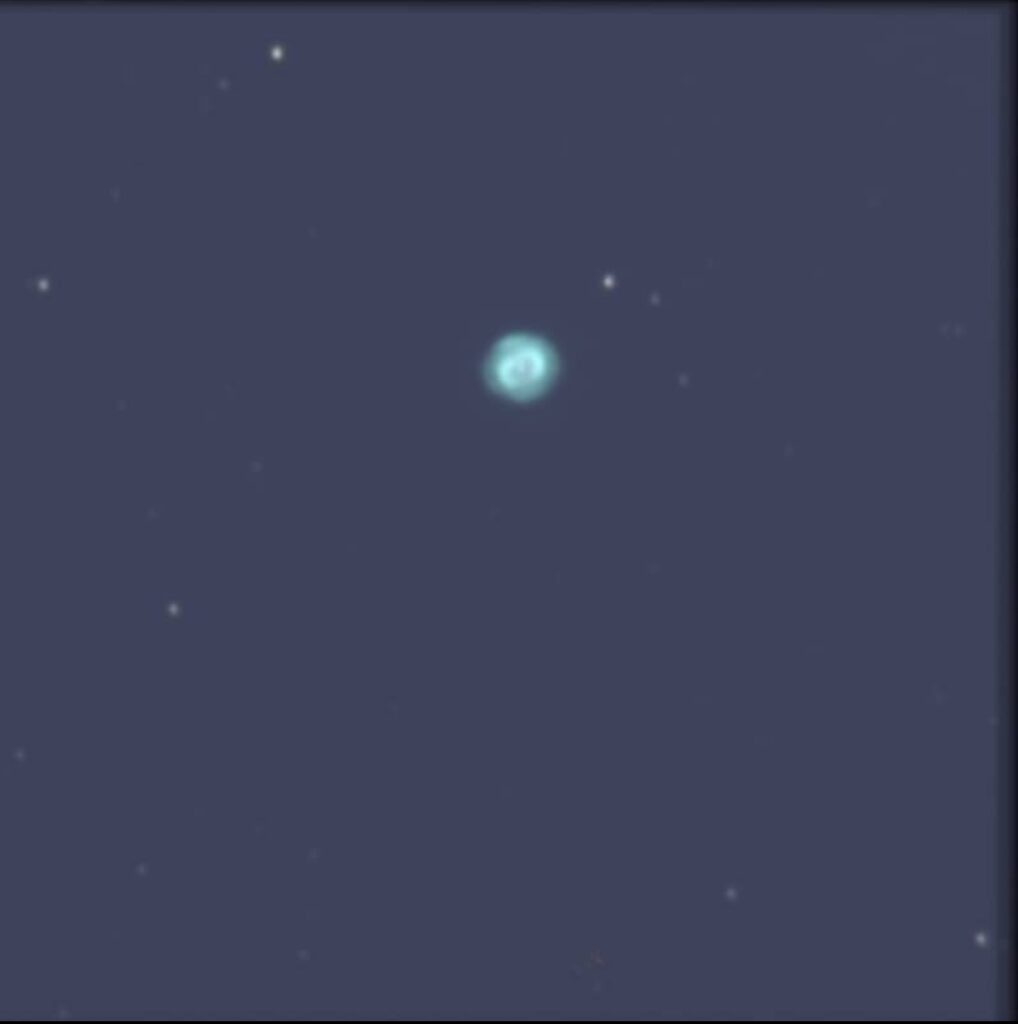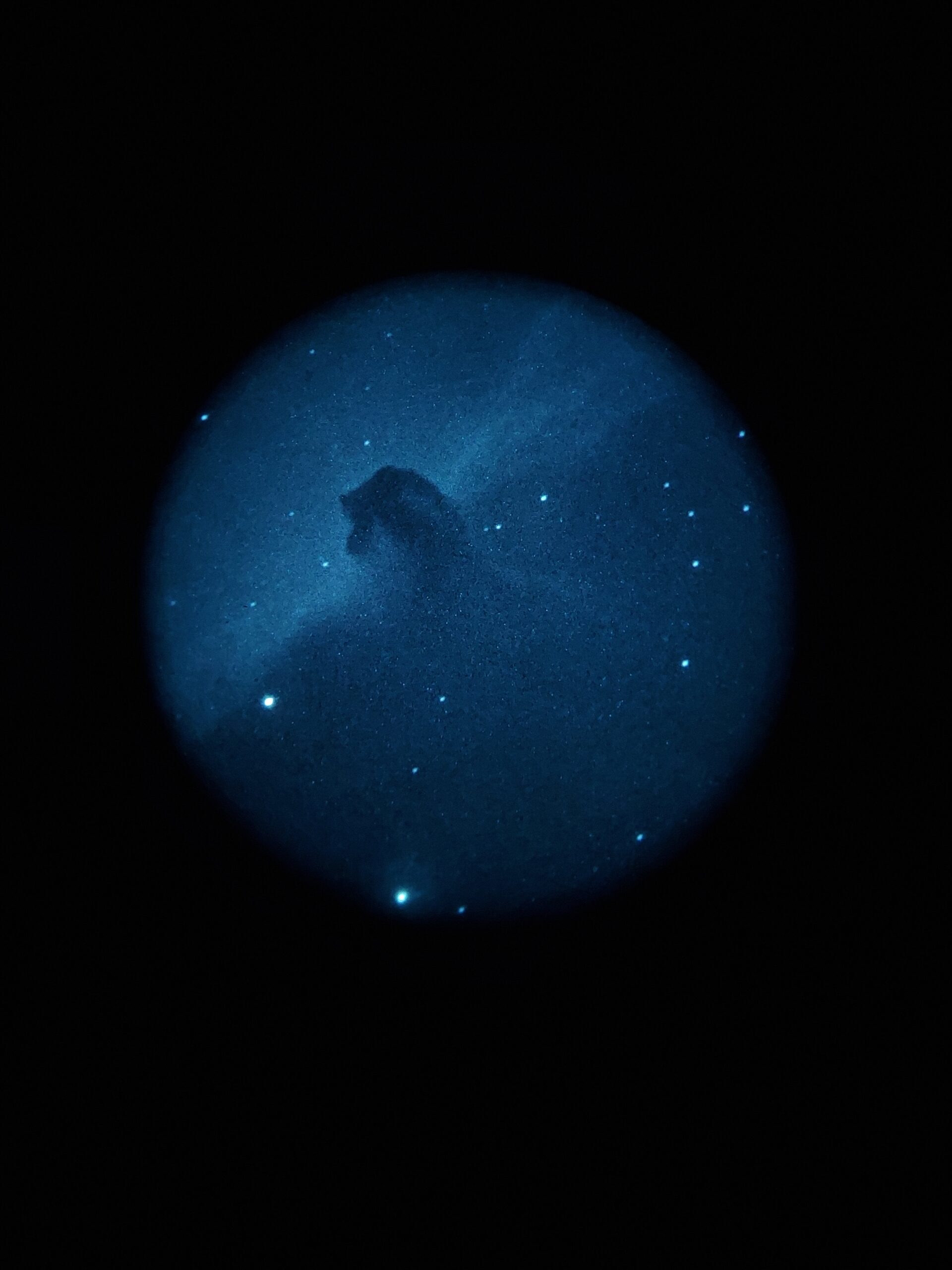The New General Catalog of objects is one of the best known collections of observed objects known to mature astronomers.
The New General Catalog of Nebula and Clusters of Stars or NGC is a list of deep space objects collected and recorded by John Louis Emil Dreyer in 1888. It was expanded by Dreyer twice in 1895 and 1908 when he added Index Catalogs (IC). The NGC and IC contain over 10,000 numbered objects including nebulae, clusters, and galaxies.
While most amature astronomers are most familiar with the Messier Catalog that contains 110 incredible objects to locate with your telescope. New telescope owners often do a Messier Marathon where they go through the list of Messier Objects and find them all.
This is a great place to start, but the NGC and IC contains over 13,000 breathtaking objects for those ready to take their deep sky exploration to the next level.
Knowing something about the origins of the NGC can make finding the objects more exciting.
The New General Catalog was compiled by Dreyer at the request of the Royal Astronomical Society. This was intended to be more complete and more accurate than the list that was currently in use, the General Catalog of Nebulae and Cluster.
This compilation of all known objects was based heavily on the work of the Hertshell family. Dreyer was already making his own observations and adding the the General Catalog when he was asked to create a new catalog.
It is generally believed that Dreyer had inferior equipment to the Hershells and that perhaps his observations were less accurate than those made by William, Caroline and John Herschell.
Finding NGC Objects
The NGC objects are lesser known than Messier Objects, but they can be located in the same way.
Star Safari
An app like Star Safari can be the best tool for identifying objects in the sky.
You can look up NGC objects by their cataloge numbers as well.
I find observing most fun when I know more about what I am looking at. Consider picking up a copy of Turn Left at Orion (affiliate link) or The Night Sky Observer’s Series (affiliate link). These books can give you ideas of things to find.
Goto Computers
Goto telescopes come with all the NGC objects already cataloged. Once you align your telescope and your goto computers you can look up the NGC objects by their numbers.
I have found most of them by working through the Tour the Night Sky function on my telescope.
If you have a manual telescope you may find interesting objects by slewing your scope and just observing. When you have found something interesting and you are not sure what it is you can use a star chart, app or ask in a local group.
I found myself asking lots of questions in my telescope groups, and the answers were always so helpful.
Note any features of the object you are observing, relative location and your observing location and someone may be able to help you identify what you saw.
If you are looking for some targets to start to get familiar with NGC objects here are some favorites:

Amazing NGC Objects
NGC 4565- The Needle Galaxy
The Needle Galaxy is an edge on a spiral galaxy that is 30-50 million light years away located in Coma Berenices. It has an apparent magnitude of 10.
I first found this in my backyard with my 10 inch Dobsonian. It is very sharp and defined. I was fascinated by this large distinct object the first time I found it.
NGC 869/884 – The Double Cluster
The Double Cluster is in the constellation Perseus with an apparent magnitude of 3.7 and 3.8. They are located 7500 light years away in the Perseus arm of the Milky Way. The double cluster is made up of two similarly bright stars that can both be seen in one field of view.
I like to view this with a coma corrector and a wide angle eyepiece on outreach nights. It is so bright and beautiful it is a great first astronomy experience for these newcomers to the hobby.
NGC 7009 – The Saturn Nebula
Discovered by William Herschell, The Saturn Nebula is a planetary nebula with an apparent magnitude of 8 and is located about 2-4000 light years away. It can be found in the constellation Aquarius and has a green or yellow color when observed with a telescope.
NGC 6960 – The Veil Nebula
Located in Signus 1470 light years away with an apparent magnitude of 7, this very large nebula cannot be viewed in a single field of view. The Veil Nebula must be explored by moving your telescope.
It is often divided into Eastern and Western sections and the portions may have their own names and catalog numbers. NGC numbers 6992, 6995, 6974, and 6979 all refer to parts of the Veil Nebula as well as IC 1340.
The Veil Nebula is much more visible with a filter like an OIII because of the type of light that is emitted by this nebula.
Messier Objects vs NGC Objects
The Messier Objects are usually the first objects new observers start to hunt. These bright objects are exciting to find when you are just starting out, but consider moving on to the NGC objects after enjoying everything Messier has to offer.
| Messier Objects | NGC Objects |
| 110 Objects | 13,957 Objects |
| Last Update: 1781 | Last Update: 2019 |
| Author: Charles Messier | Author: John Luis Emil Dreyer |
There are 110 Messier Objects compared to the 13,957 NGC objects contained in the original catalog and the additions. The equipment that is available in 2019 is capable of seeing details and objects that are further and dimmer than what was observable in 1781.
Learning more about the catalogs, the authors and the objects will really enhance your enjoyment at the eyepiece.
While Messier Objects are easiest to find, the list is hardly comprehensive. Consider exploring the objects contained in the NGC as well as Caldwell Objects.





